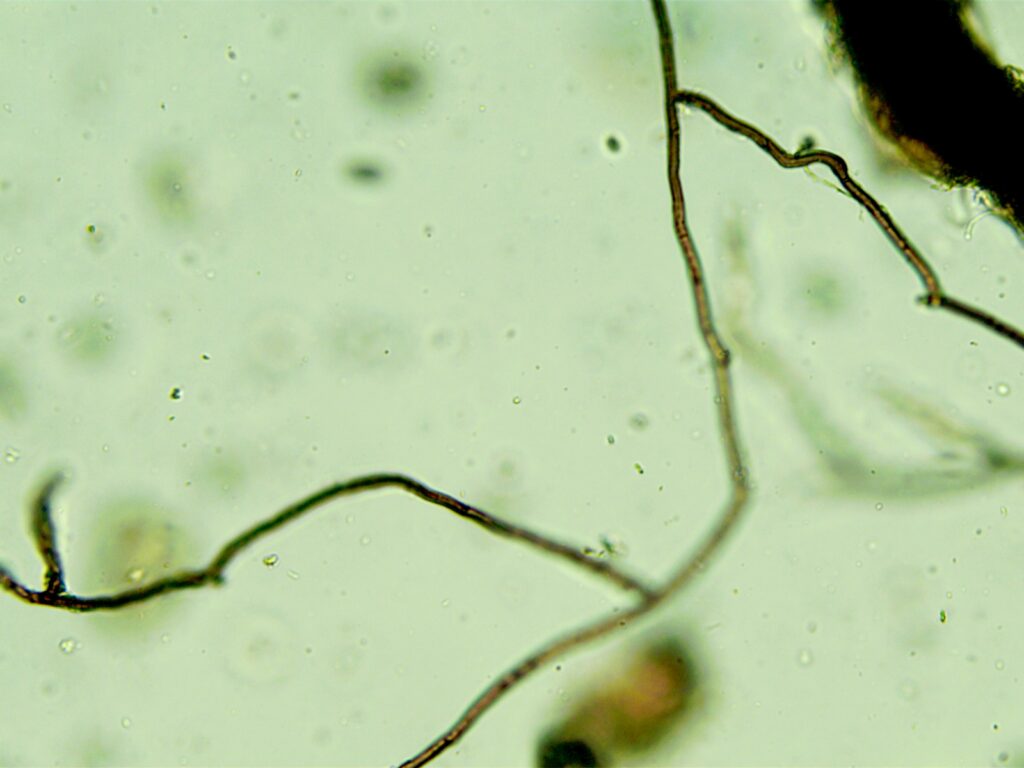Introduction:
Healthy soil is essential for healthy plant growth and a thriving ecosystem. While many gardeners and homeowners turn to fertilizers and other soil amendments to improve soil health and promote plant growth, there is another approach that is gaining recognition: nutrient cycling.

Nutrient cycling refers to the process by which nutrients are cycled through the soil ecosystem, from organic matter to soil microorganisms to plants and back to the soil. This process is facilitated by a diverse community of microorganisms, including bacteria, fungi, and other organisms, that help break down organic matter and make nutrients available for plant uptake.
Role of Microorganisms in Nutrient Cycling:
The key players in nutrient cycling are microorganisms, which play a critical role in breaking down organic matter and making nutrients available for plant uptake. Bacteria, fungi, and other organisms work together to decompose organic matter and convert it into forms that can be taken up by plant roots. In turn, plants provide energy to these microorganisms through the photosynthesis process, creating a symbiotic relationship.
Benefits of Nutrient Cycling:
Promoting nutrient cycling in our soils can have many benefits, including:
- Improved soil structure: The activity of microorganisms in nutrient cycling helps build and maintain soil structure, which can improve water infiltration and retention, reduce erosion, and promote plant growth.
- Increased organic matter: Nutrient cycling helps break down organic matter and build soil organic matter, which can improve soil fertility, water-holding capacity, and nutrient availability.
- Reduced nutrient loss: By promoting nutrient cycling, we can reduce the amount of nutrients that are lost to the environment through runoff or leaching, which can help protect water quality and reduce the need for additional fertilizers.
- Improved plant health: Nutrient cycling can help make nutrients more available to plants, which can improve plant growth, vigor, and disease resistance.
Ways to Promote Nutrient Cycling:
There are many ways to promote nutrient cycling in our soils, including:
- Adding organic matter: Adding organic matter, such as compost or mulch, to our soils can help provide a food source for microorganisms and promote nutrient cycling.
- Reducing tillage(farm): Reducing tillage can help preserve soil structure and minimize disturbance to the soil ecosystem, allowing microorganisms to thrive.
- Using cover crops9Farm): Cover crops can help build soil organic matter, reduce erosion, and promote nutrient cycling by providing a living root system for microorganisms.
- Avoiding chemical fertilizers: Chemical fertilizers can disrupt the soil ecosystem and reduce the activity of microorganisms, which can limit nutrient cycling. Instead, using natural fertilizers, such as compost or manure, can help promote nutrient cycling.
Conclusion:
At Stangl’s Enviro Lawn Care, we’re passionate about promoting the health of your lawn and the environment. That’s why we offer products like Nature’s Brew and Pelletized Ultimate Compost, which help promote nutrient cycling and improve soil health. By investing in these products and practices, you’re not only improving the health and productivity of your lawn, but also reducing the need for